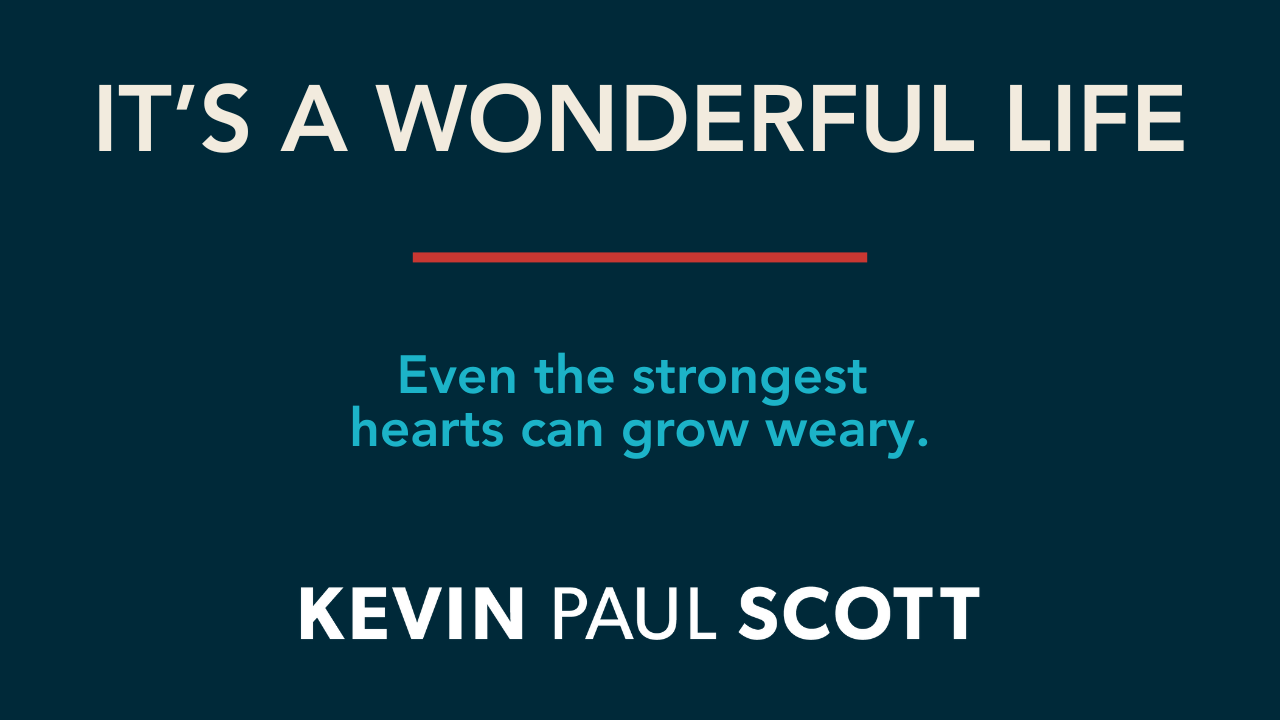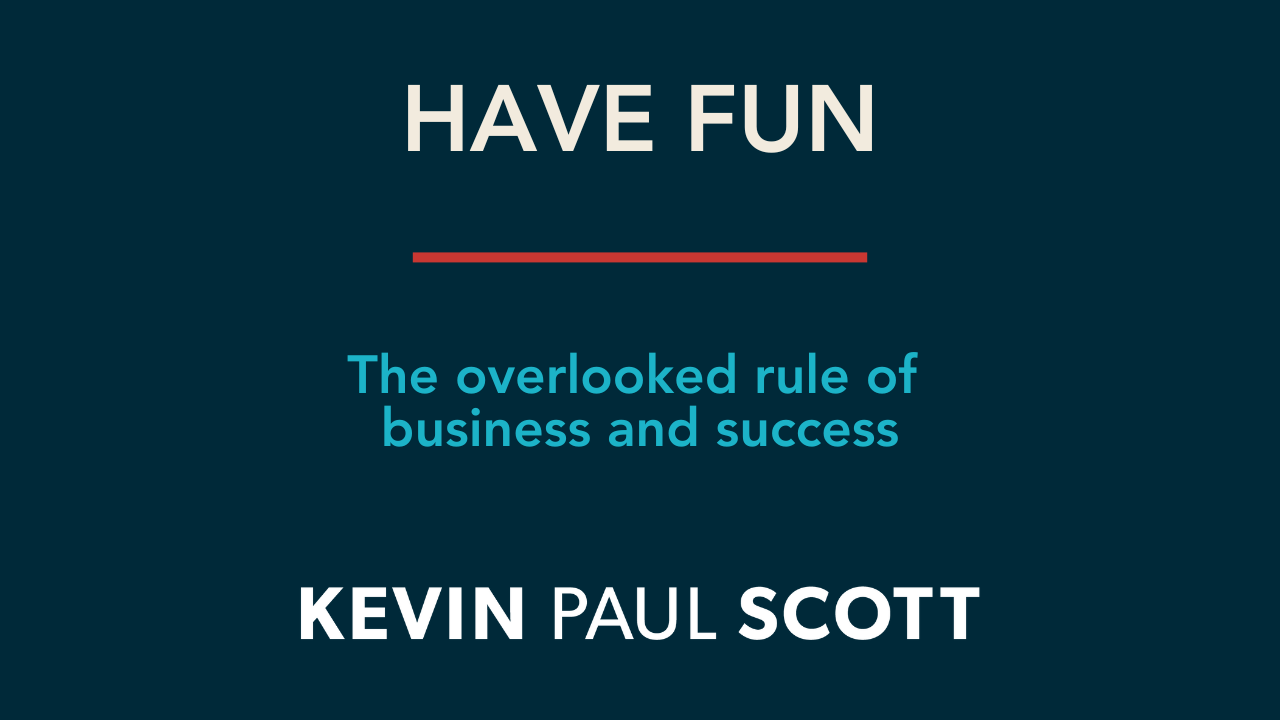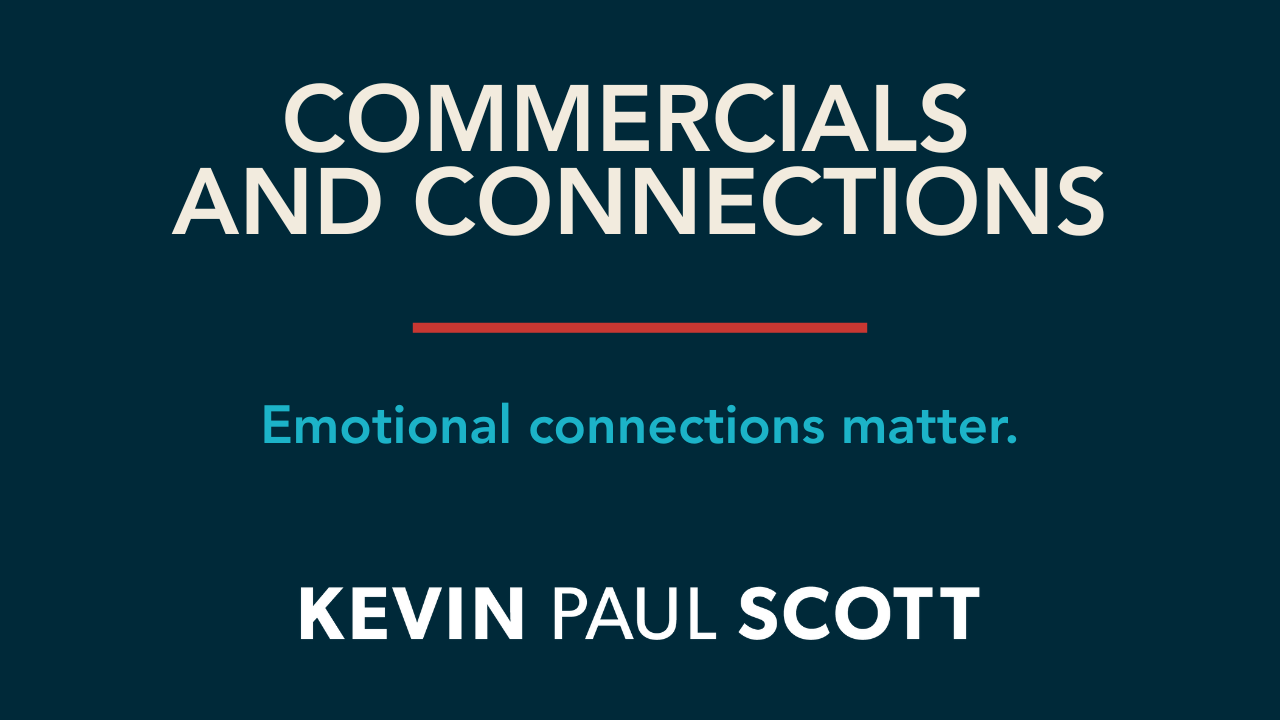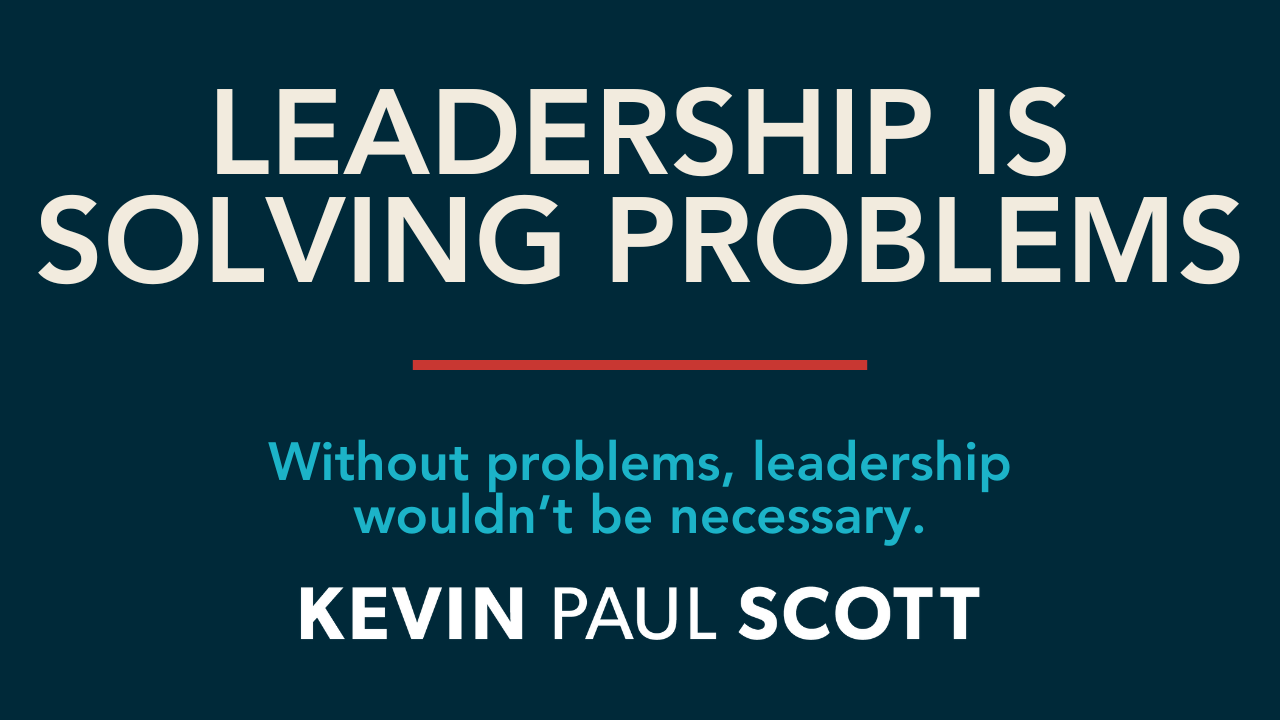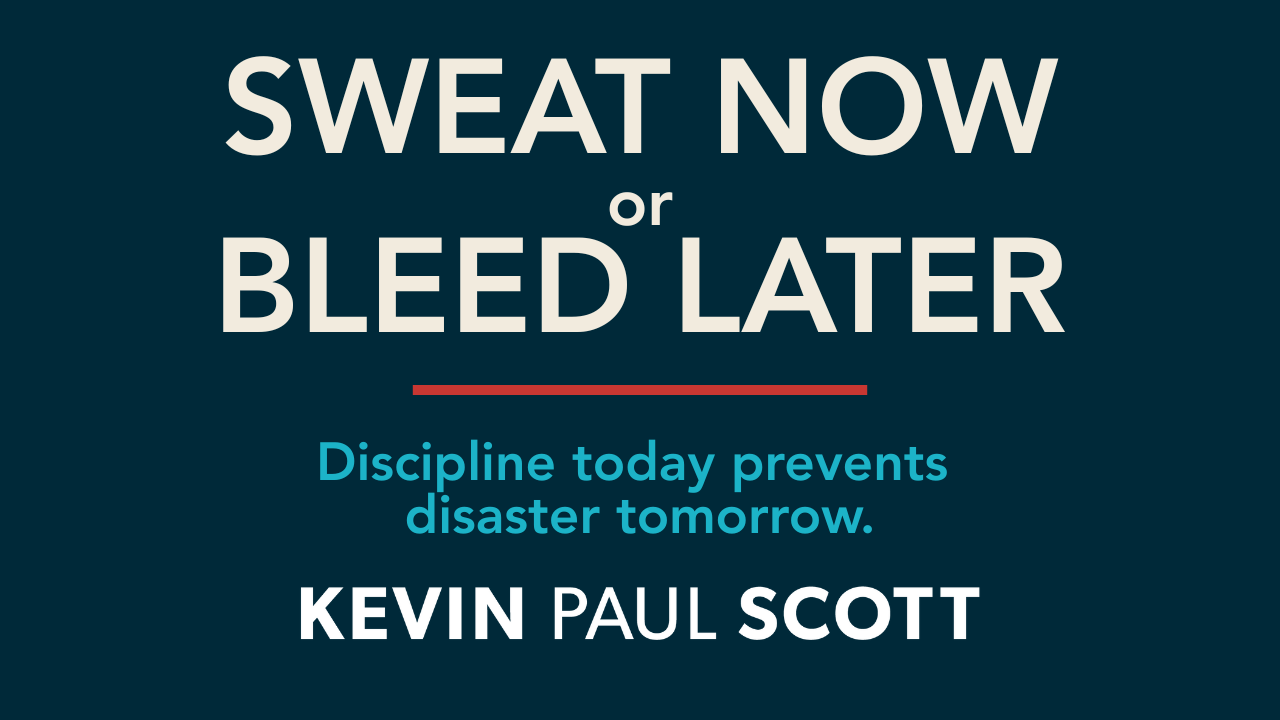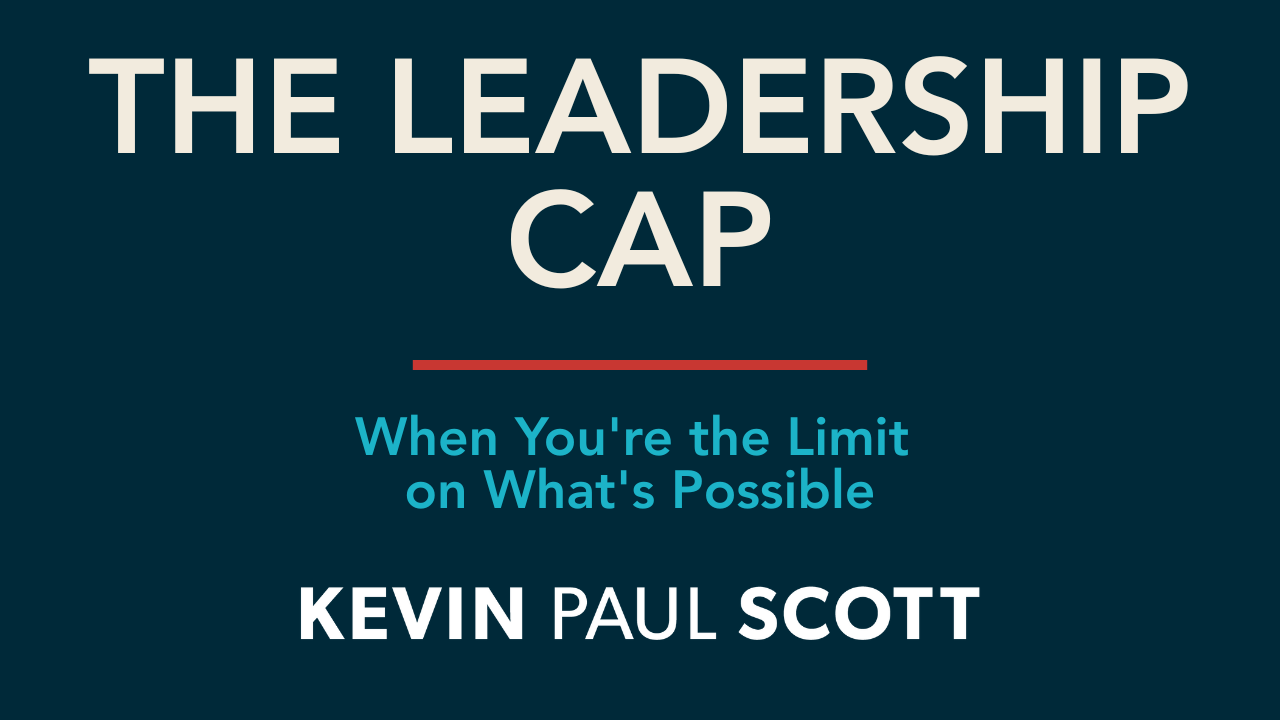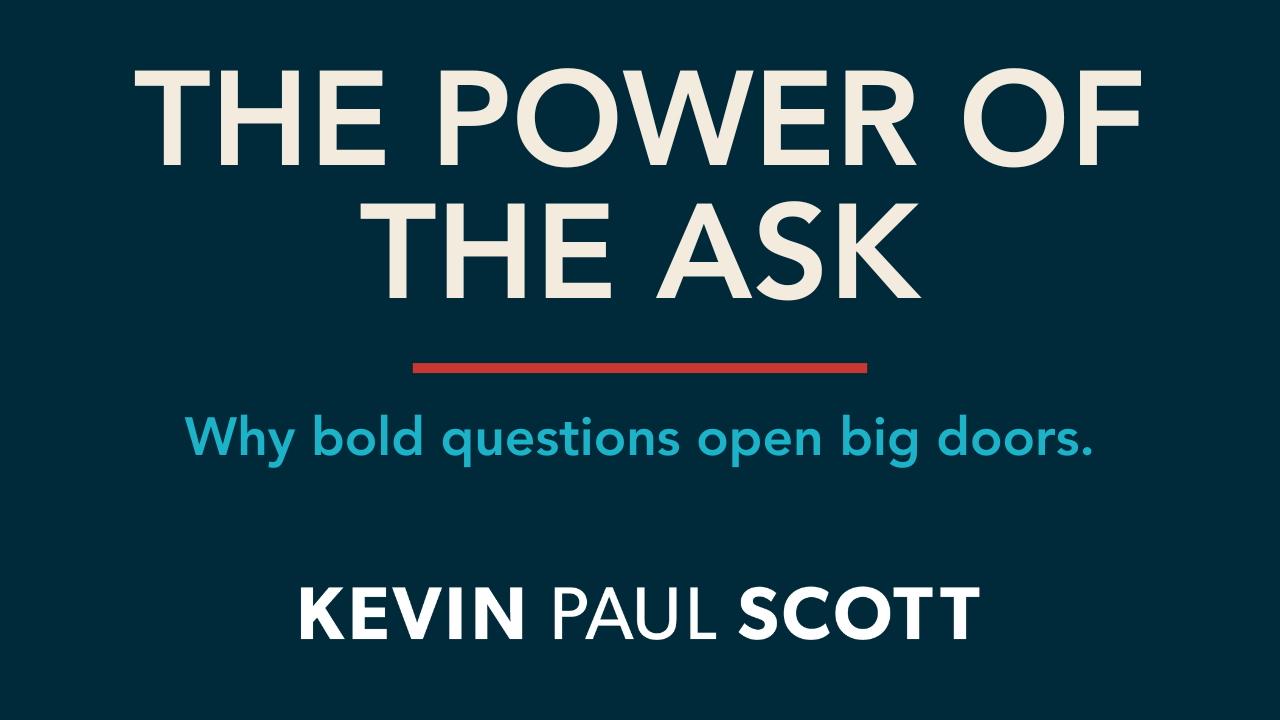It’s two days before Christmas, and like many of you, I find myself balancing the push to check off to-do lists with the desire to pause and savor these beautifully chaotic moments with our kids.
One of my favorite movies to watch this time of year is one I didn’t always love. It’s a Wonderful Life is in black and white, and it refuses to rush past pain on the way to joy. It lingers. It understands weariness. And somehow, even in all that, it still makes room for hope.
The classic film opens not with snow-covered streets or smiling faces, but with stars whispering prayers into the night. George Bailey is discouraged. So discouraged, in fact, that heaven itself takes notice.
High above the earth, two celestial lights flicker as angelic voices speak with concern. Clarence, the angel assigned to help George, listens as he’s told about a man worn down by life, burdened by responsibilities, and unable to see the goodness around him. Before Clarence ever sets foot on earth, he is briefed on a simple but profound truth: even the strongest hearts can grow weary.
It’s a scene painted in darkness and light, with despair below and hope preparing above. And in many ways, it mirrors how Christmas often feels today.
“Have yourself a merry little Christmas;
Let your heart be light.”
Isn’t it strange how the season meant for joy can also be the most exhausting?
As Christmas approaches, the pressure mounts.
There’s the mom striving to make Christmas perfect. She’s decorating, shopping, cooking, and planning, only to feel completely overwhelmed.
There’s the business professional chasing year-end goals, working late into the night and postponing rest until “after Christmas.”
There’s the pastor coordinating services and volunteers, so deep in logistics that even he struggles to keep his focus on the reason for the season.
Between family, food, gifts, parties, programs, and deadlines, this season offers endless opportunities to feel heavy. And when stress builds, the gentle invitation to “let your heart be light” can feel almost impossible.
So let’s step back and imagine a Christmas far more chaotic than our own:Imagine Mary on a donkey, traveling the five-day road from Nazareth to the small town of Bethlehem. She feels each crack and rock on the road beneath her and holds herself steady on the donkey, nine months pregnant. On the dusty road, her stomach churns as she considers the census ordered, and the taxes she and Joseph will have to pay before the birth of their baby.
Finally, they arrive in Bethlehem only to find that there is nowhere to stay. Mary’s heart sinks, and then the contractions start. The only place to go is a filthy stable, full of animals, dirt, feces, and hay. The stench is pungent, the setting unfit to welcome the King of the universe, and yet still, His cries pierce the night.
“Have yourself a merry little Christmas; let your heart be light.”
Perhaps Mary felt like she had already failed Jesus as she wrapped Him in swaddling clothes and laid Him in a manger. To her, that first Christmas must have felt overwhelmingly chaotic. So what did it take for Mary to keep her heart light?
I wonder if, as she looked into Jesus’s tiny eyes, she paused. Maybe in that moment she stopped, rested, and remembered the grace that would one day save the world.
During this Christmas season, take some time to stop, rest, and remember.
It doesn’t matter if everything is perfect. It probably won’t be.
But Jesus came into the world in the middle of chaos, and He meets us in ours today.
Take a deep breath.
Enjoy this season and the miracle behind it.
Let your heart be light.

























.svg)



